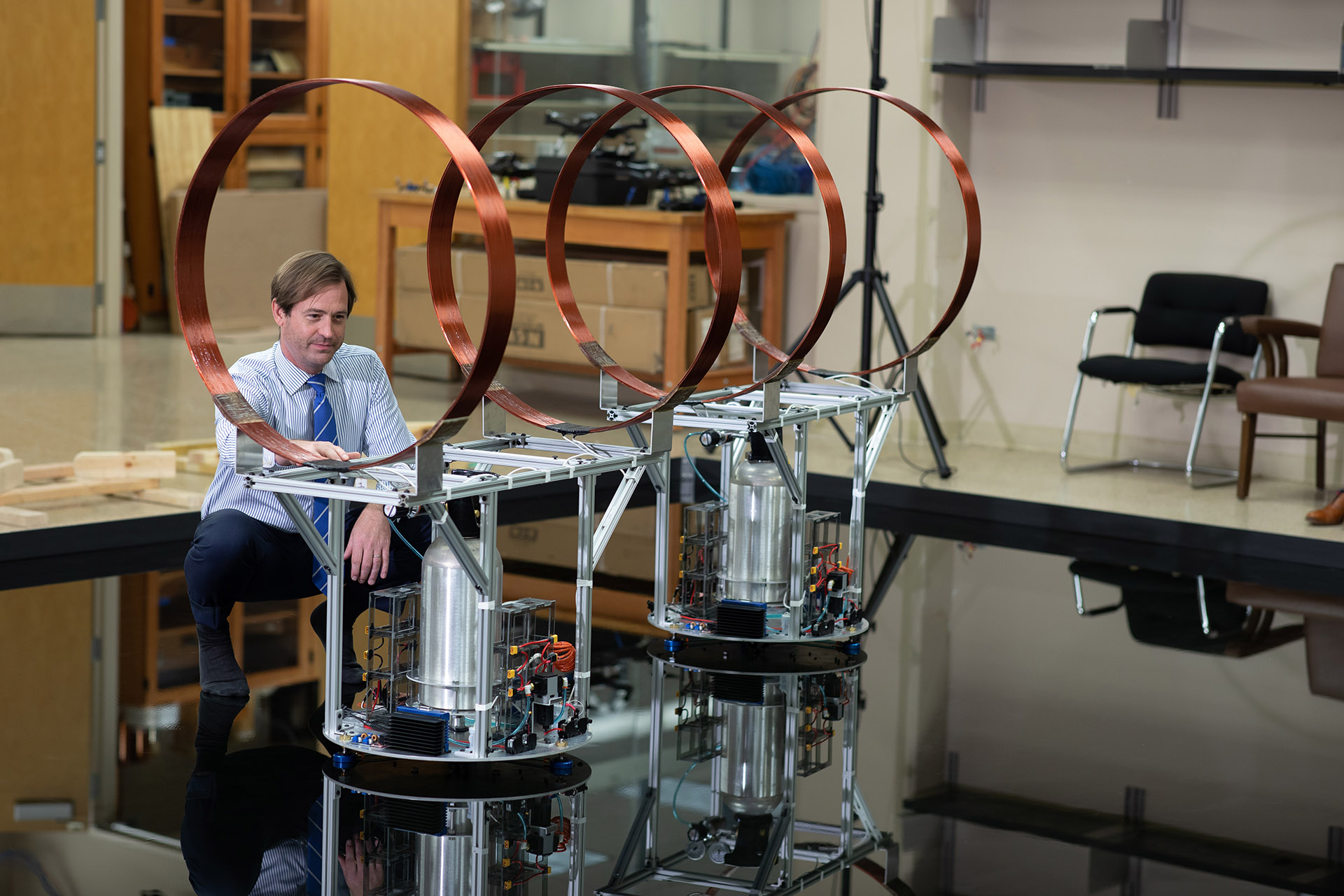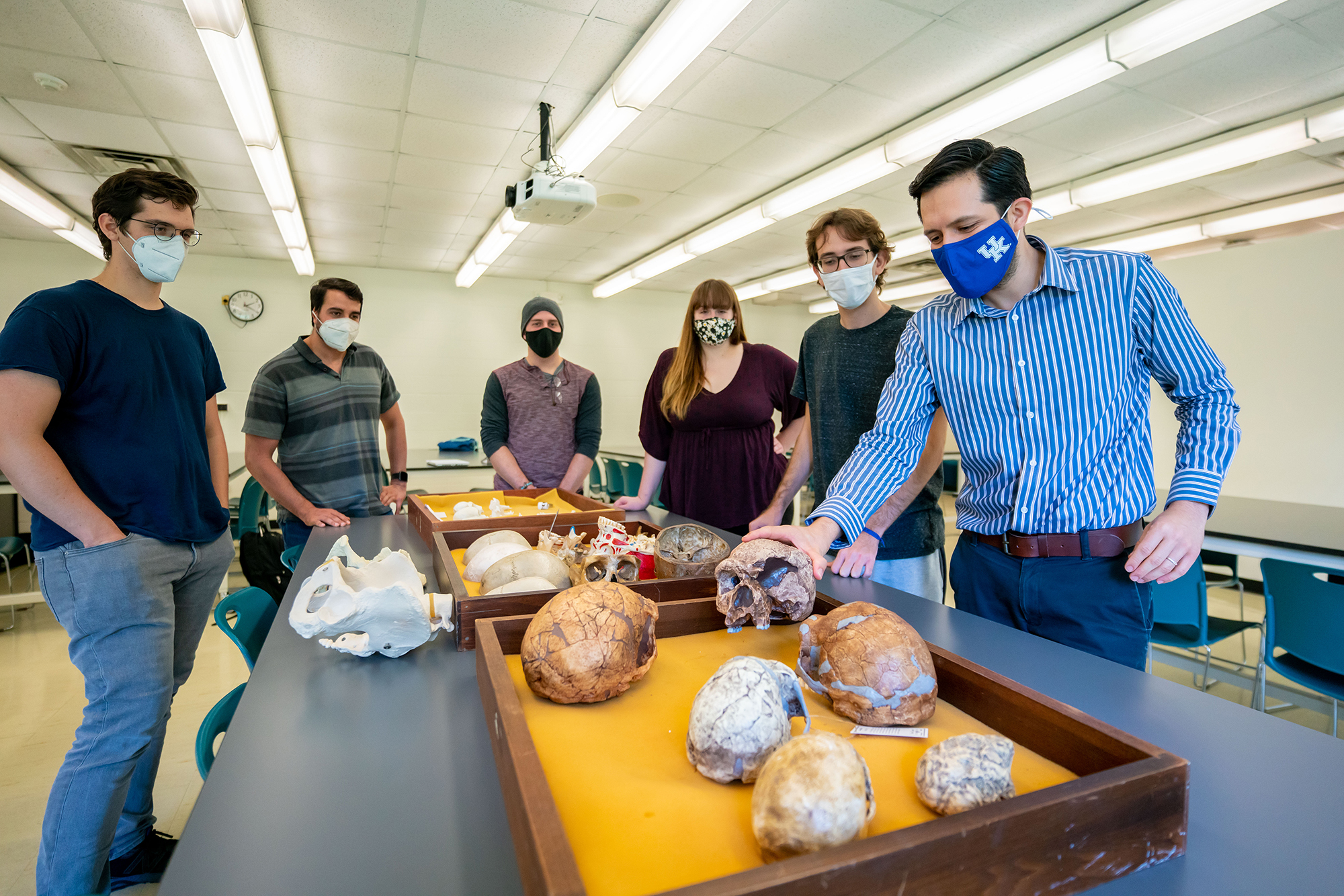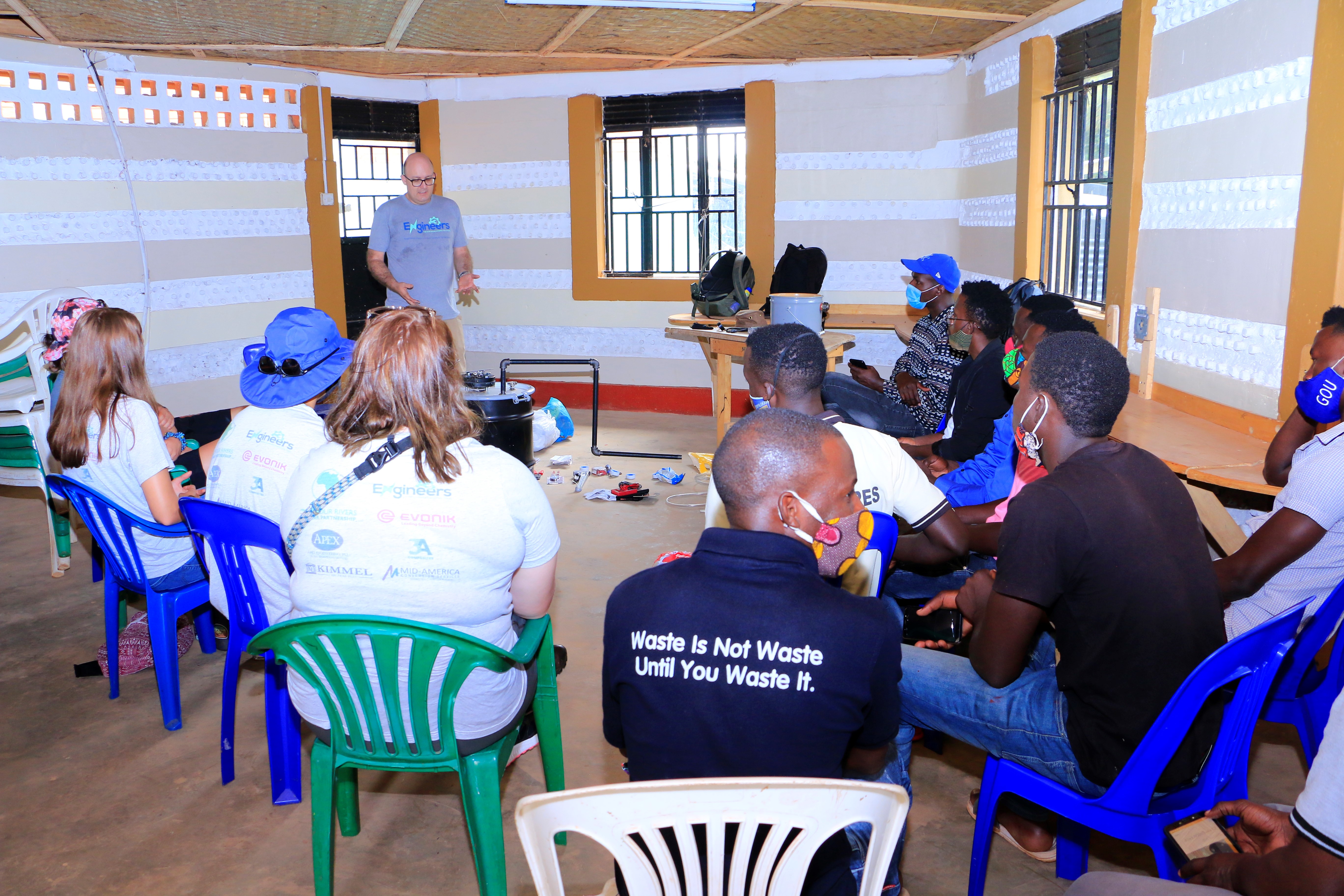By Katie Pratt and Jeff Franklin
“The track’s subgrade is the foundation and without a good foundation, you can’t have a good structure, which is your track’s cushion,” said Harrison Young, assistant superintendent at Colonial Downs and grading school participant. “This class is a great opportunity for people like me to learn from people like Mick Peterson and Dennis Moore about practices and methods that can minimize the risk of injuries to horses and riders, through the understanding of the importance of testing, surveying and grading. Safety is our motive, and the more we can learn, the better the industry will be.”
During the three-day UK grading school, entry to midlevel track surface employees learned from Peterson, Alfredo Laureano (superintendent at Keeneland Race Course) and Moore, who is a superintendent of the tracks at Santa Anita, Los Alamitos and Del Mar and a private consultant.
“One of the priorities of this program is getting the up-and-coming racecourse managers experience with some of the more complicated equipment used in the critical roles on the track. One of these critical areas is the grading of the surface,” said Peterson, professor in the UK Department of Biosystems and Agricultural Engineering and director of the Racetrack Safety Program.
Surface grading is vital to keeping horses and riders safe during a race. Grading school participants received one-on-one instruction operating a new grader and an older one. They also learned how to properly grade synthetic and dirt racetracks. All hands-on instruction was at Keeneland.
“You have to keep the hard base underneath the surface consistent not only because of the impact of the hoof on the ground, but to keep the moisture content consistent,” Peterson said. “You also must have consistent banking in straightaways and the turns so the loading of the legs is even, and when lead changes occur, horses and riders can use the same visual indicators to change lead.”
The industry has a strong interest for educational programs and workforce training centered around safety. The grading school received 15 applications for the five participant spots in this first school.
“The more education we have and the more knowledge we can learn about the new methods helps allow us to keep horses on the track and to be able to continue horse racing in the safest way that we possibly can,” Young said.
The grading school is the second segment of the Racecourse Manager Certification Program, a joint effort of the National Thoroughbred Racing Association Safety and Integrity Alliance, the UK College of Agriculture, Food and Environment and the Racing Surfaces Testing Laboratory. The first part was on turf courses.


